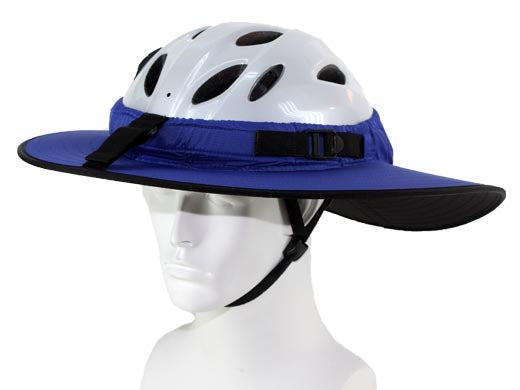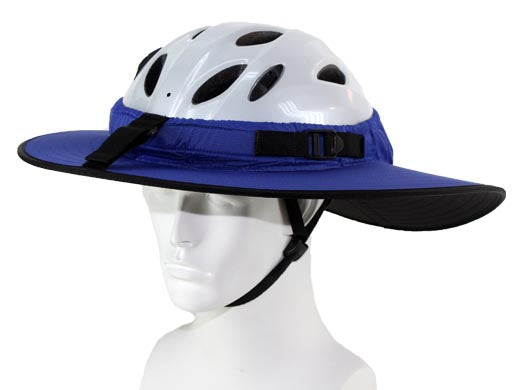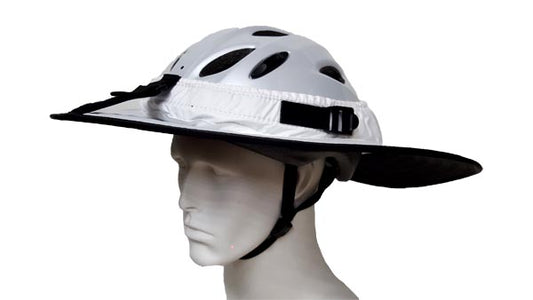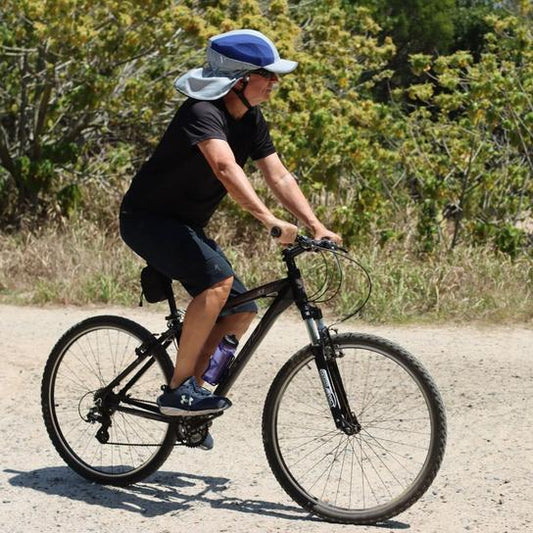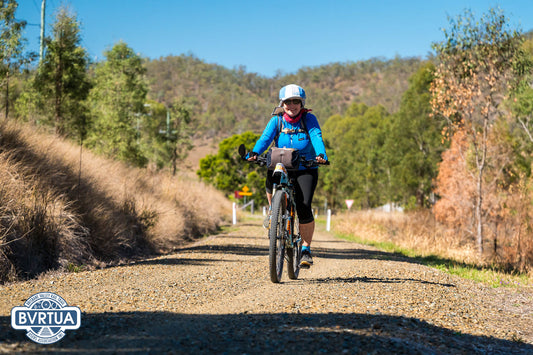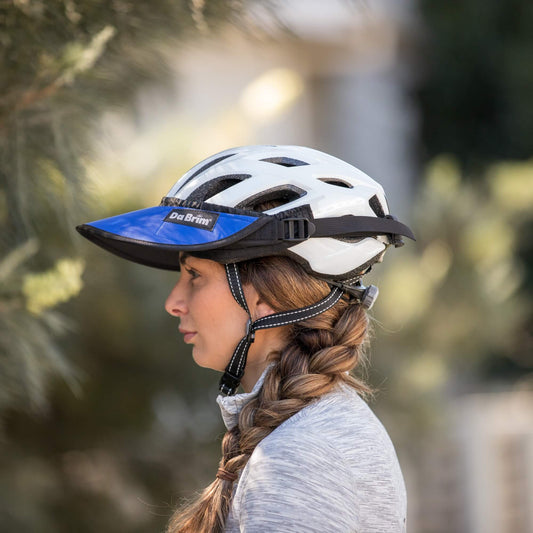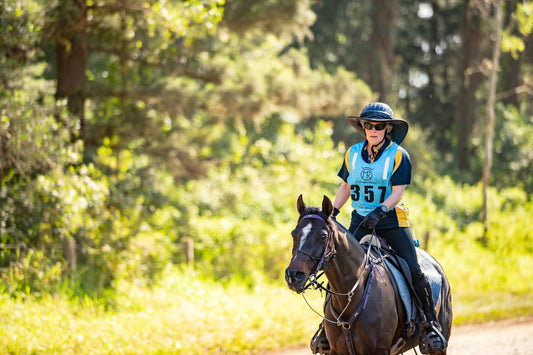One of the many reasons there is no one-size-fits-all solution to biking gear is because each rider has a specific biking style. It’s a common scenario to get lost with a wide variety of options and choices when buying your biking equipment.
Besides the standard form of protection that a helmet provides, other categories and classifications, such as helmet types and additional features, are also points for consideration.
Finding the perfect biking helmet
Buying a biking helmet is not just a matter of protection but also of comfort. Bikers who are relaxed and comfortable can focus more on their pace and surroundings if they’re wearing gear that allows them to keep a concentrated mind.
In this article, we will share with you three critical guidelines in choosing the perfect biking helmet for you:
1. Get the right fit for protection
One crucial and often overlooked aspect of choosing the proper headgear for bikers is in finding the perfect fit. Though there may not be a perfect helmet, finding one that’s ideal for your head’s shape and size without adjustments is the key to providing proper protection and ease of movement while biking.
Once you’ve found one that can comfortably cover your head, it’s essential to check if the tightness of the strap is secure enough to keep it on but not loose enough that it can easily slip off from movement or sweat. It’s important to note that you can be picky with your helmet’s fit as it may be your benchmark for finding other helmets that have better features.
2. Match your riding style
Helmet categories can make it easier for you to choose which helmet might work best for you. This is why understanding the headgear types can narrow down the options on what type of gear you’re looking for.
Recreational bike helmets cover all the general areas of what a helmet provides, which includes an average impact protection for casual riders and light load in the weight department.
Road bike helmets are also built for increased ventilation and an aerodynamic design. Though they still provide some value protection, they are conventionally lightweight so that it will be easier for you to remain at top speed during long-distance runs.
Mountain bike helmets offer an extra level of protection for the rear of your heads as a mountain biker is expected to withstand more than the average amount of bruises when compared to the regular biker. The added rearguard is a safety measure when it comes to biking up and down slopes.
3. Assess additional features
Modern biking helmet designs don’t just protect your head, but they also give you other features depending on your preference. The added level of functionality of these accessories and alternative design options make everyone’s biking experience more tailor-fit to how they want to experience biking.
There are helmet vents that allow your head to breathe while on a run. Visors are also common additions that are mostly used for protection by mountain bikers who participate in events that happen while the sun is up. For those looking for dully-loaded security, bike helmets can have a chin bar extension fit for racers and mountain bikers.
Conclusion
Experienced bikers don’t necessarily buy a helmet just to replace an old one. Depending on the event, they may own more than one helmet that performs in varying levels of comfort and performance to help them as they ride.
If you’re looking for a supplier that can offer you a wide selection of bicycle helmets in Brisbane, browse our online catalogue today!
